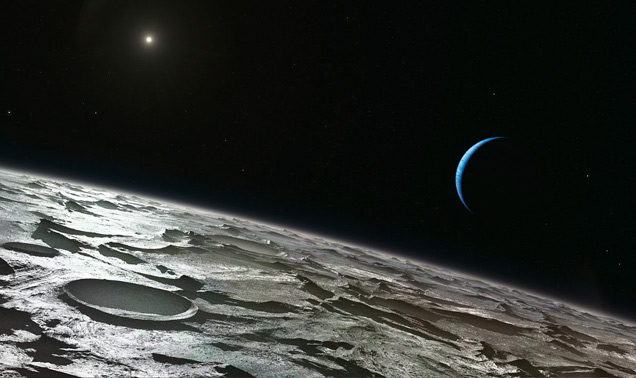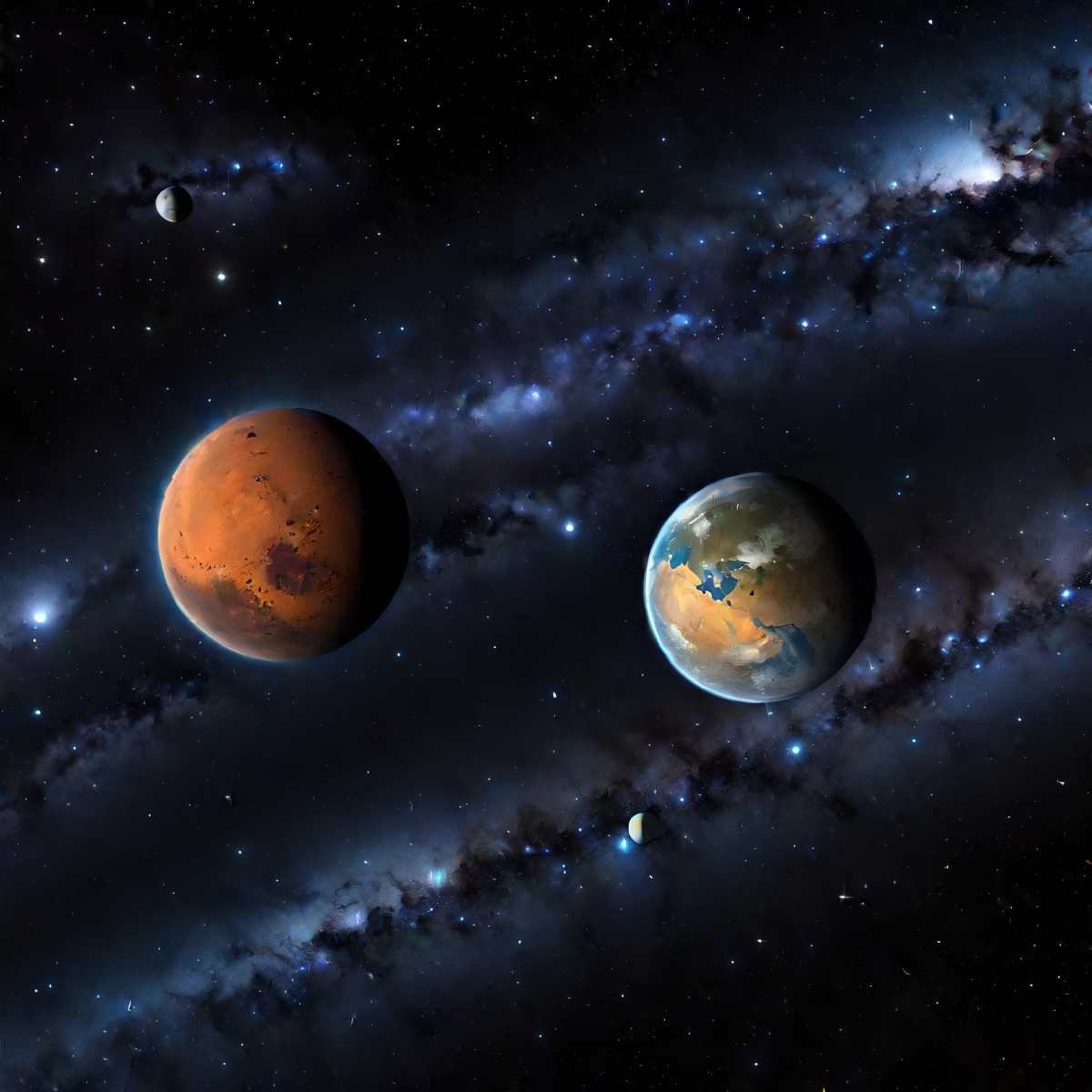
If you were standing in the southern hemisphere of Triton right now, you’d be enjoying the peak of summer. But forget the sunblock and leave the beach chairs at home. Summer temperatures on Neptune’s largest moon don’t get much warmer than -230°C. Still, astronomers have confirmed that, even though it’s 4.5-billion-kilometers away, the sun can generate seasonal changes in the Neptunian system. In Triton’s case, the summer sun sublimates a filmy surface layer of frozen carbon monoxide into gas. Winter will come to the region in another 70 years, when temperatures will drop to about -240°C. in the southern hemisphere, and atmospheric carbon monoxide will crystallize and fall back to the surface. In the meantime, you can make a virtual visit to Triton, thanks to this video from the European Southern Observatory.

